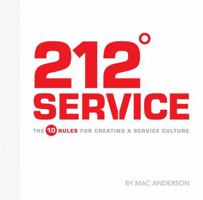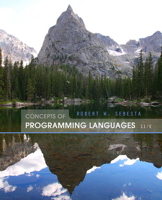Endless Forms Most Beautiful: For Soprano and String Quartet Vocal Score
Select Format
Select Condition 
You Might Also Enjoy
Book Overview
(Vocal). This work for soprano and string quartet was premiered at the Oxford University Museum of Natural History on the 18th November 2019 by Carola Darwin and the Gildas Quartet. Commissioned by Carola Darwin with funds from Arts Council England, the Ambache Charitable Trust and the RVW Trust, this seven-song cycle sets texts by Walter Deverell (1827-1854) and the museum's three 2016 Poets-in-Residence: John Barnie, Steven Matthews and Kelley Swain. The title is taken from Charles Darwin's On the Origin of Species . This description may be from another edition of this product.
Format:Paperback
Language:English
ISBN:170511265X
ISBN13:9781705112656
Release Date:September 2020
Publisher:Chester Music
Length:32 Pages
Weight:0.25 lbs.
Dimensions:0.4" x 8.3" x 10.9"
Customer Reviews
5 customer ratings | 5 reviews
There are currently no reviews. Be the first to review this work.









































